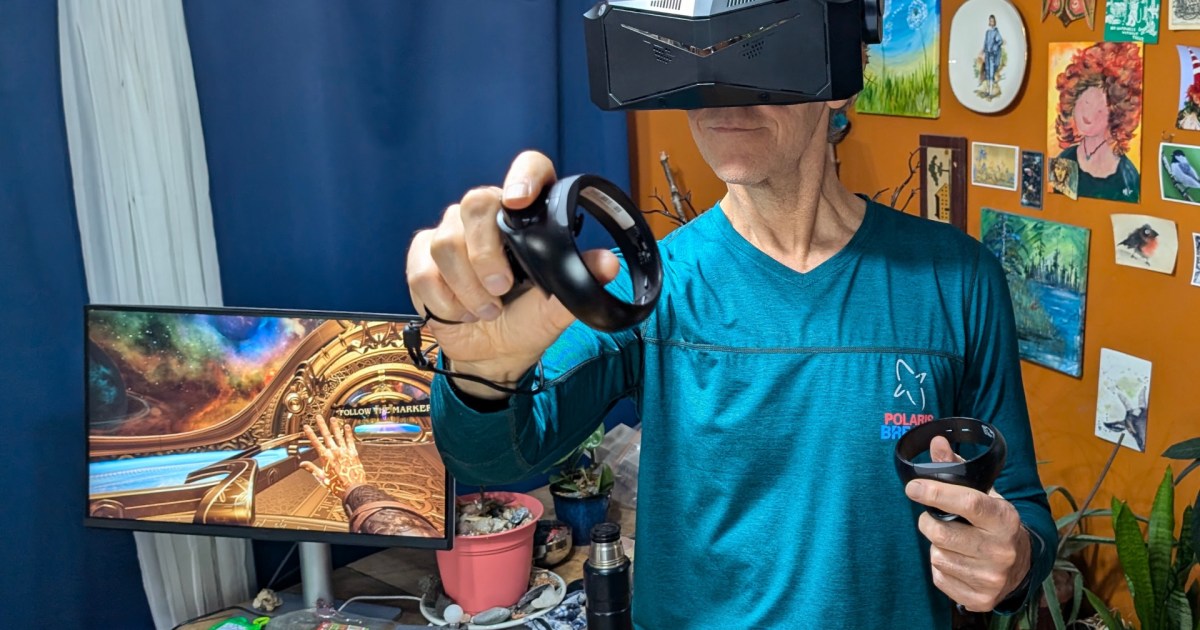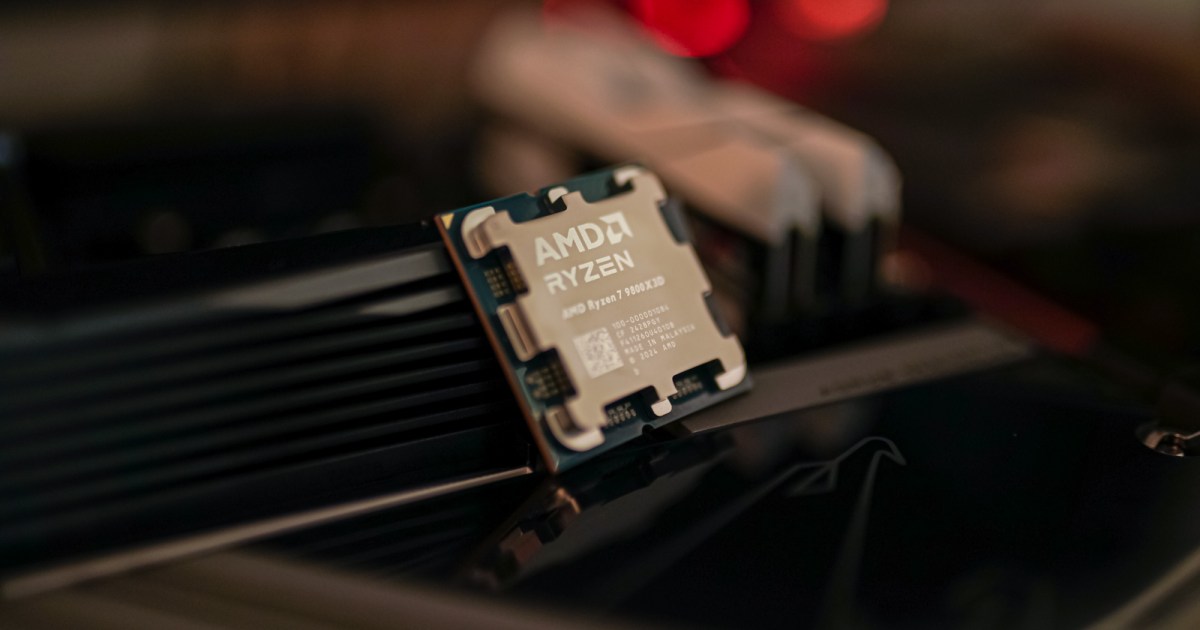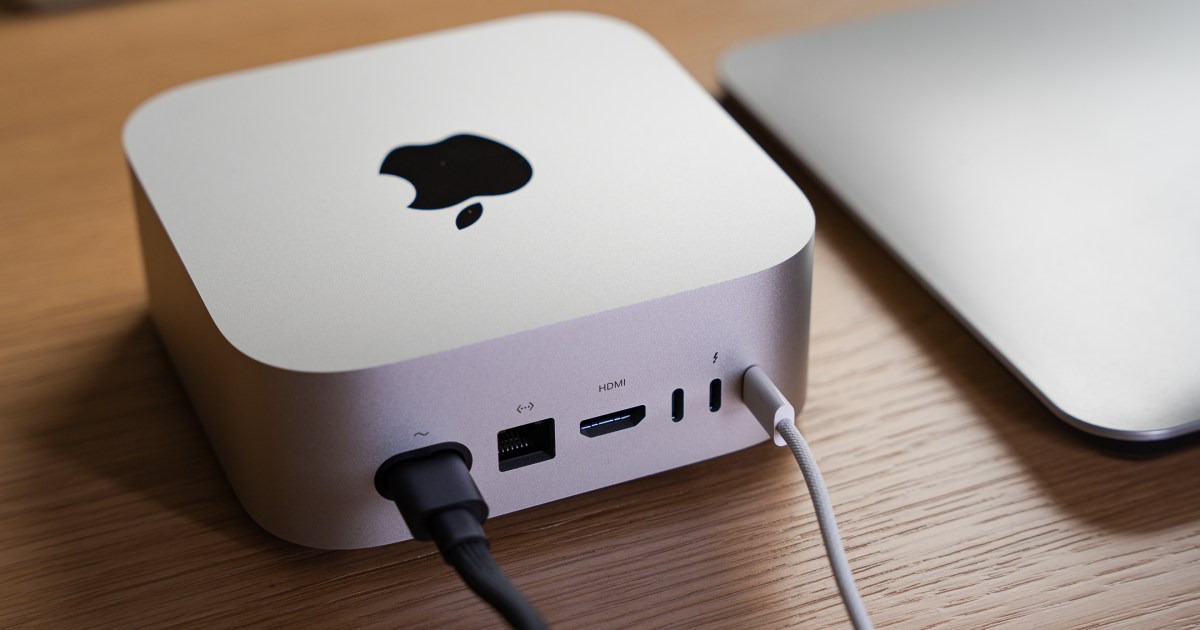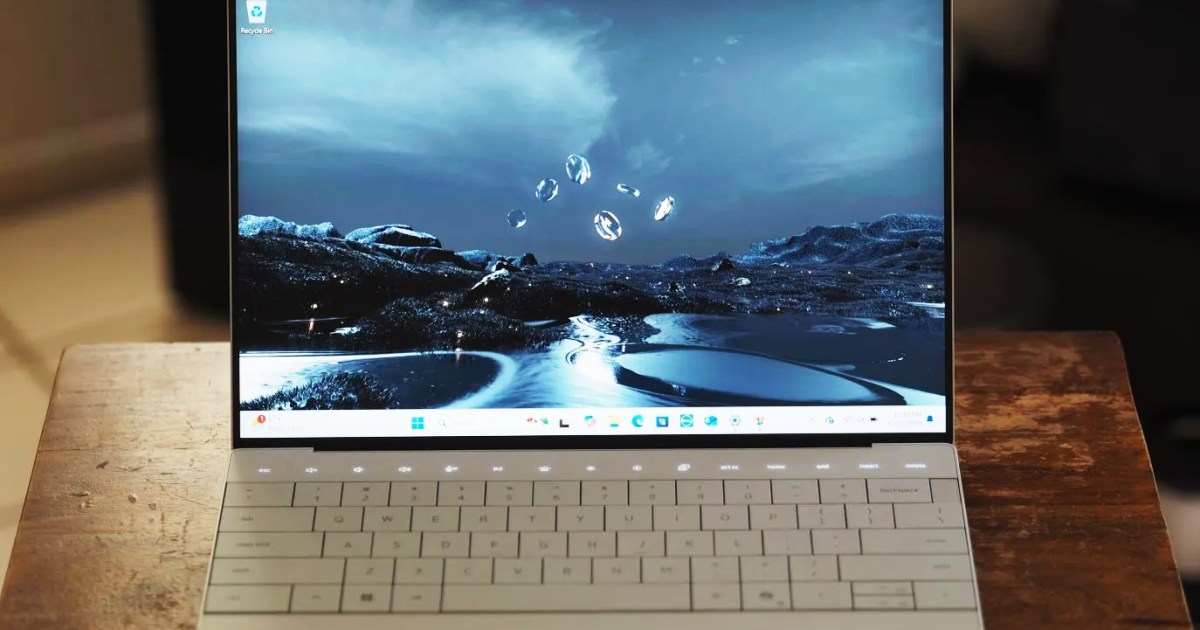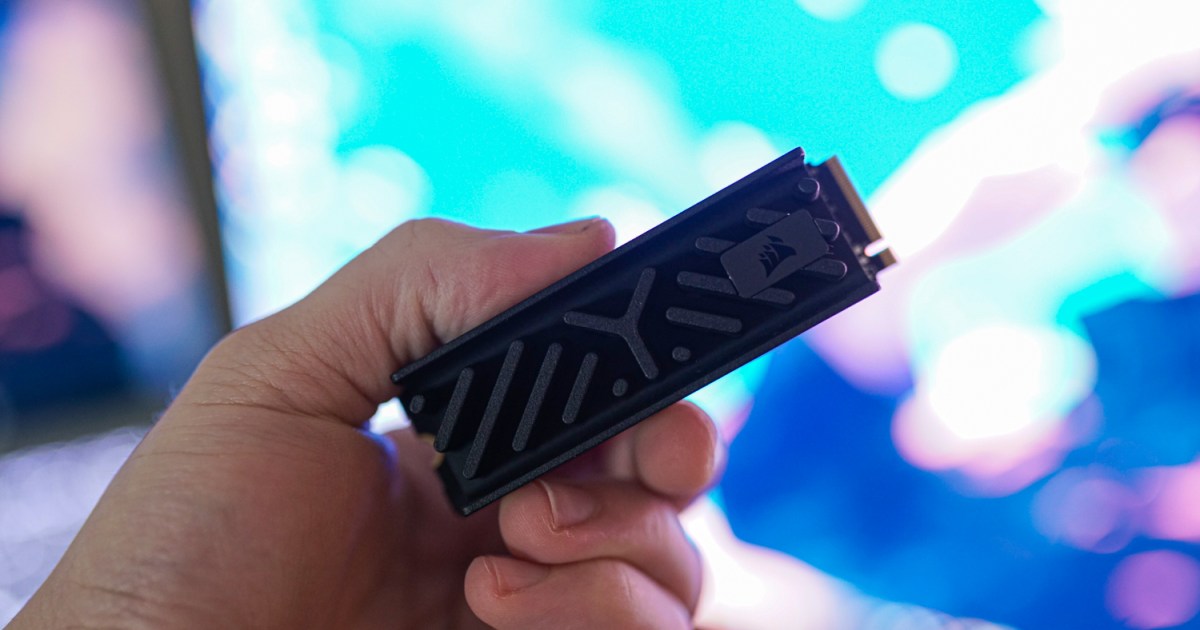2024 has witnessed a surge in VR headset releases, with major players like Apple, Meta, HTC Vive, and Pimax introducing new models. Pimax’s latest offering, the Crystal Light, presents a more affordable alternative to the impressive Pimax Crystal. While the original Crystal reigns as a top-tier PC VR headset, the Crystal Light’s significantly lower price point makes it a compelling option for budget-conscious VR enthusiasts. This review delves into the Crystal Light’s features, performance, and whether the cost-cutting measures impact its ability to deliver a high-quality VR experience.
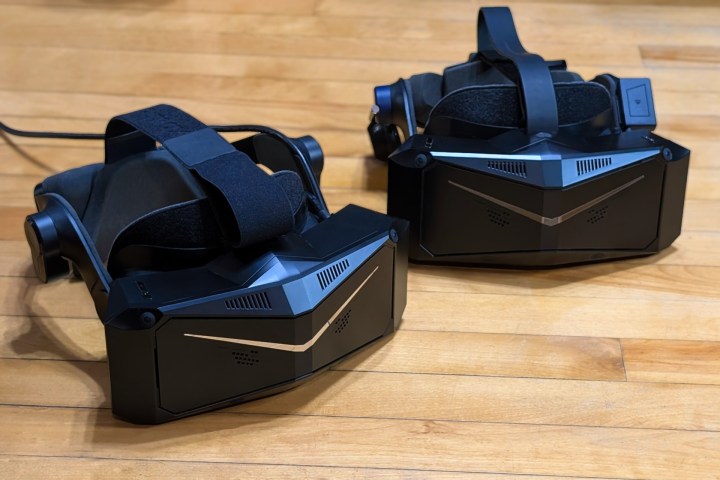 The Pimax Crystal Light (left) looks almost identical to the original Pimax Crystal (right).The Pimax Crystal Light (left) closely resembles the original Pimax Crystal (right).
The Pimax Crystal Light (left) looks almost identical to the original Pimax Crystal (right).The Pimax Crystal Light (left) closely resembles the original Pimax Crystal (right).
Crystal Light vs. Crystal: Key Differences
The Pimax Crystal Light’s most striking feature is its $899 price tag, a substantial $800 less than the original Crystal. Pimax achieved this by strategically removing certain features while preserving the core components responsible for visual fidelity: the high-density displays and aspheric glass lenses. This approach contrasts with headsets utilizing Fresnel lenses, like the HTC Vive Focus Vision, which are prone to “god rays” artifacts. While pancake lenses, common in standalone headsets, offer a lighter weight, Pimax maintains clarity without compromising brightness.
The Crystal Light does require a gaming PC with a dedicated GPU, as it lacks standalone functionality. However, given Pimax’s relatively limited game library for the Crystal, this isn’t a significant drawback. Manual IPD adjustment replaces the automatic adjustment found in the original Crystal, but the thumbwheel on the left side of the Crystal Light makes this process simple.
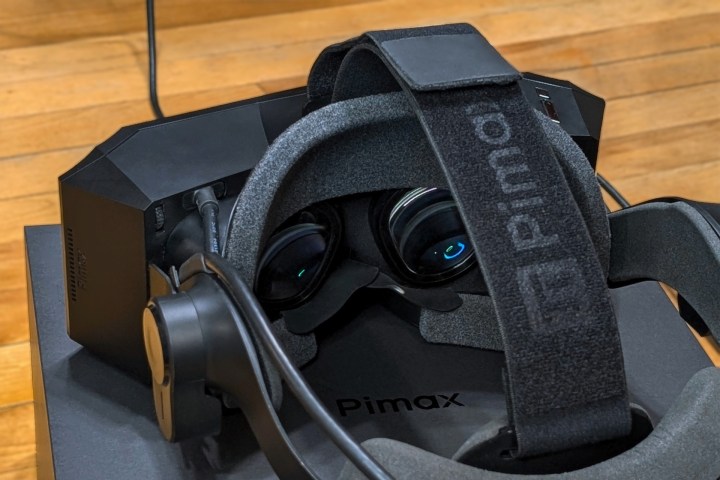 The Pimax Crystal LightThe Crystal Light’s glass lenses offer adjustable IPD via a thumbwheel.
The Pimax Crystal LightThe Crystal Light’s glass lenses offer adjustable IPD via a thumbwheel.
Other omissions include eye-tracking hardware, meaning features like avatar eye movement and blinking synchronization in VRChat are absent. More significantly, the Crystal Light employs fixed foveated rendering, sharpening the central display area rather than dynamically tracking gaze. This technique reduces GPU load by lowering peripheral resolution.
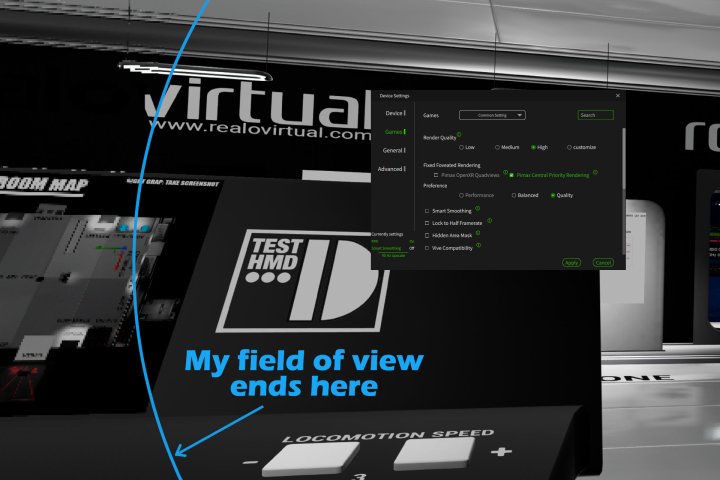 Pimax Crystal LightFixed foveated rendering minimizes pixelation in the central viewing area.
Pimax Crystal LightFixed foveated rendering minimizes pixelation in the central viewing area.
Pimax’s chosen settings for fixed foveated rendering generally work well. Pixelation is noticeable only at the lens edges, outside the typical field of view during gameplay. These adjustments contribute to the Crystal Light’s lighter weight, shedding over half a pound compared to the original by eliminating the rear battery, eye-tracking hardware, and auto-IPD motors. Despite weighing 1 pound 15 ounces, the Crystal Light remains comfortable, utilizing the same thick foam facial interface and adjustable head strap as the other Crystal headsets.
PC VR Performance and Features
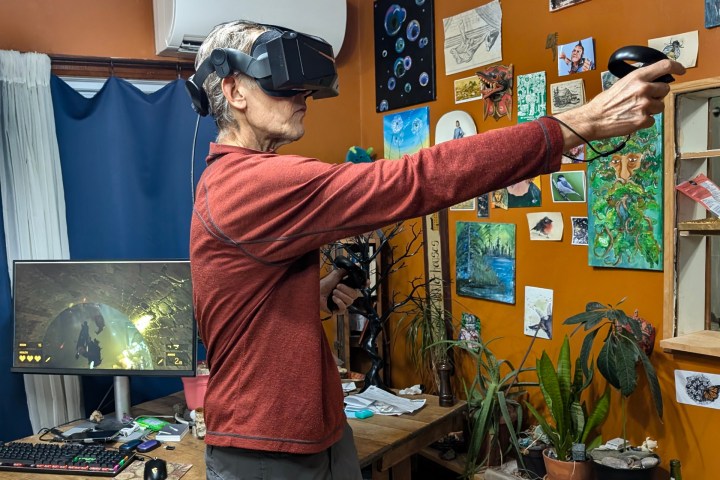 Half-Life Alyx looks great in the Pimax Crystal Light and the controllers held tracking well.Half-Life Alyx showcases the Crystal Light’s visual capabilities and controller tracking.
Half-Life Alyx looks great in the Pimax Crystal Light and the controllers held tracking well.Half-Life Alyx showcases the Crystal Light’s visual capabilities and controller tracking.
The Pimax Crystal Light excels as an upgrade option for users of older PC VR headsets like the Valve Index, HTC Vive Pro, or HP Reverb G2. While lacking wireless functionality, the Crystal Light’s DisplayPort connection ensures a visually lossless experience, free from compression artifacts or network-related frame drops that can plague wireless solutions.
SteamVR games are fully supported, and Oculus Rift titles are accessible through Pimax Play, although some, like Asgard’s Wrath, require launching the Meta Link app for authentication. The Crystal Light’s 2880×2880 resolution, coupled with up to 2x oversampling (GPU dependent), and QLED display with mini-LED local dimming deliver outstanding visual quality.
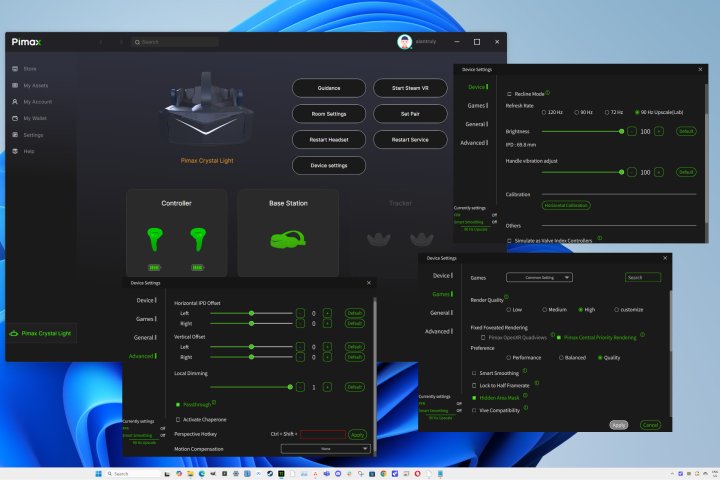 Pimax Play has plenty of options to fine-tune my Pimax Crystal Light experience.Pimax Play offers extensive customization options.
Pimax Play has plenty of options to fine-tune my Pimax Crystal Light experience.Pimax Play offers extensive customization options.
Pimax Play offers granular control over settings, including adjustable foveation, render quality, resolution, and refresh rates ranging from 72Hz to 120Hz, plus an experimental 90Hz upscaled mode. Image quality is superb, with deep blacks, ample brightness, a wide color gamut, and sharp detail. The primary limiting factor is the user’s PC hardware.
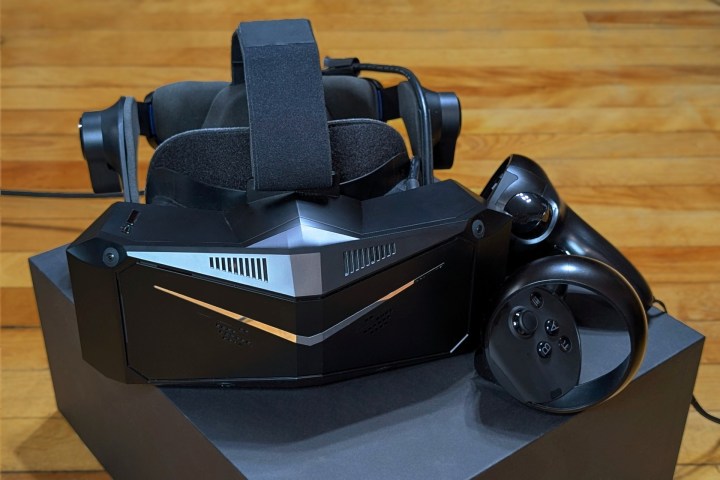 Pimax Crystal Light and controllers rest atop of its box.The Pimax Crystal Light package includes the headset and controllers.
Pimax Crystal Light and controllers rest atop of its box.The Pimax Crystal Light package includes the headset and controllers.
The Crystal Light employs inside-out tracking, eliminating the need for base stations, and includes two rechargeable controllers with robust haptic feedback. Testing was conducted using a mid-range gaming PC equipped with an Nvidia GeForce RTX 4070 Super and an Intel Core i7-14700F, which proved a suitable pairing for the headset.
PC Requirements and Alternative Pimax Options
While the minimum PC requirements for the Crystal Light are relatively modest, a dedicated Nvidia GPU is essential, even if it’s a few generations old. An RTX 2070 or better, combined with a 12th Gen Intel Core i5 or AMD Ryzen 2000, is sufficient for less demanding titles like Beat Saber, but more graphically intensive games may require lower settings and could experience reduced frame rates. Higher-end GPUs like the Nvidia RTX 3080/4070 or AMD RX 6800 XT are recommended for a smoother experience with demanding titles at medium settings. For optimal performance, a high-end PC featuring top-tier GPUs like the Nvidia RTX 4070 Ti or AMD RX 7900XT, paired with a powerful CPU, is advisable.
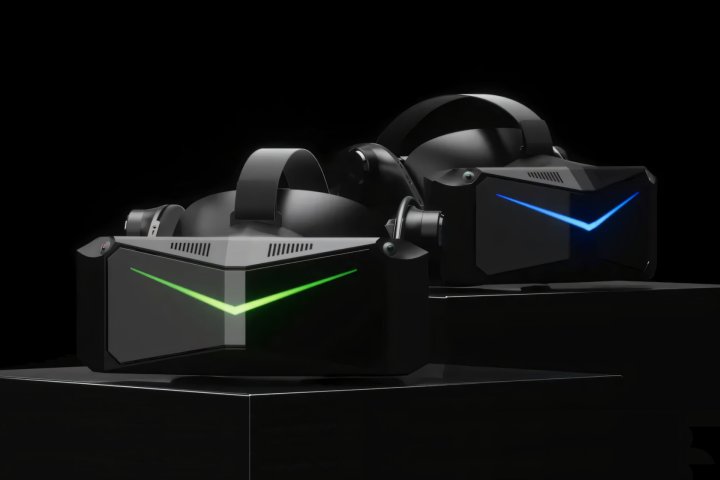 Pimax Crystal Super QLED and micro-OLED VR headsets appear on a black background.The upcoming Pimax Crystal Super promises even higher resolution.
Pimax Crystal Super QLED and micro-OLED VR headsets appear on a black background.The upcoming Pimax Crystal Super promises even higher resolution.
For those seeking ultimate visual fidelity, Pimax has announced the Crystal Super, a high-end PC VR headset boasting a 3840×3840 resolution per eye and optional micro-OLED displays. While slated for a 2024 release, delays are possible. The Crystal and Crystal Light offer readily available solutions for those seeking an immediate VR upgrade.
Is the Crystal Light the Right Choice?
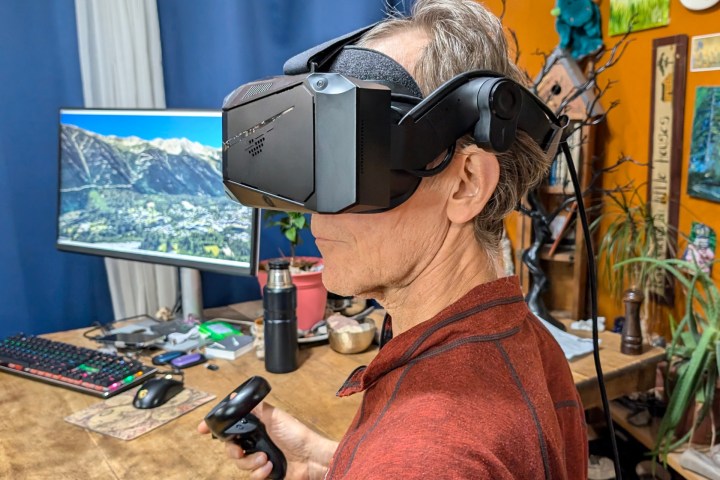 Pimax Crystal Light can run games and apps from my SteamVR and Oculus Rift library.The Crystal Light provides access to both SteamVR and Oculus Rift libraries.
Pimax Crystal Light can run games and apps from my SteamVR and Oculus Rift library.The Crystal Light provides access to both SteamVR and Oculus Rift libraries.
The Pimax Crystal Light offers impressive performance for SteamVR gaming, particularly for users with capable gaming PCs. Its customizable resolution and refresh rate options allow for fine-tuning to achieve optimal performance across various hardware configurations. However, its lack of eye-tracking and reliance on base stations for most body trackers may make it less suitable for VRChat enthusiasts. The fixed foveated rendering may also be a concern for sim racers requiring sharp peripheral vision.
While the Crystal Light’s passthrough camera offers basic functionality, it’s not ideal for mixed reality experiences or productivity tasks. Overall, the Pimax Crystal Light represents a significant upgrade for most PC VR gamers, providing a compelling balance of performance and affordability. It stands as a strong contender for one of the best PC VR headsets currently available.



